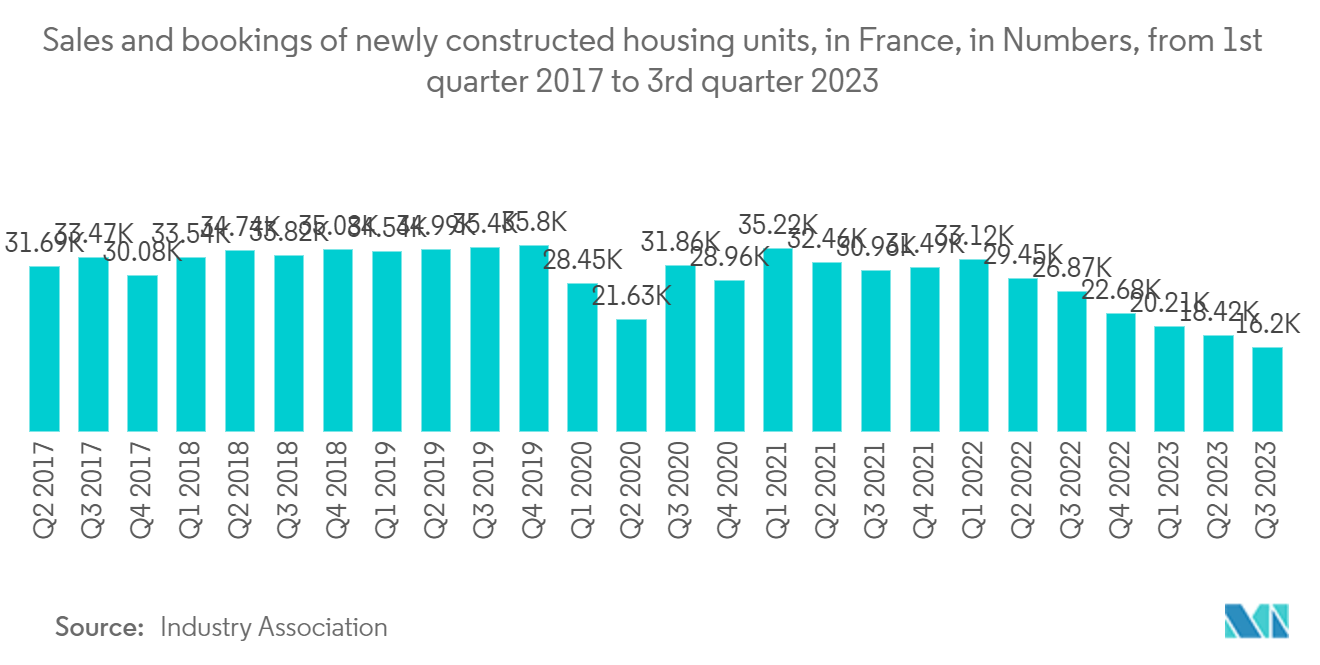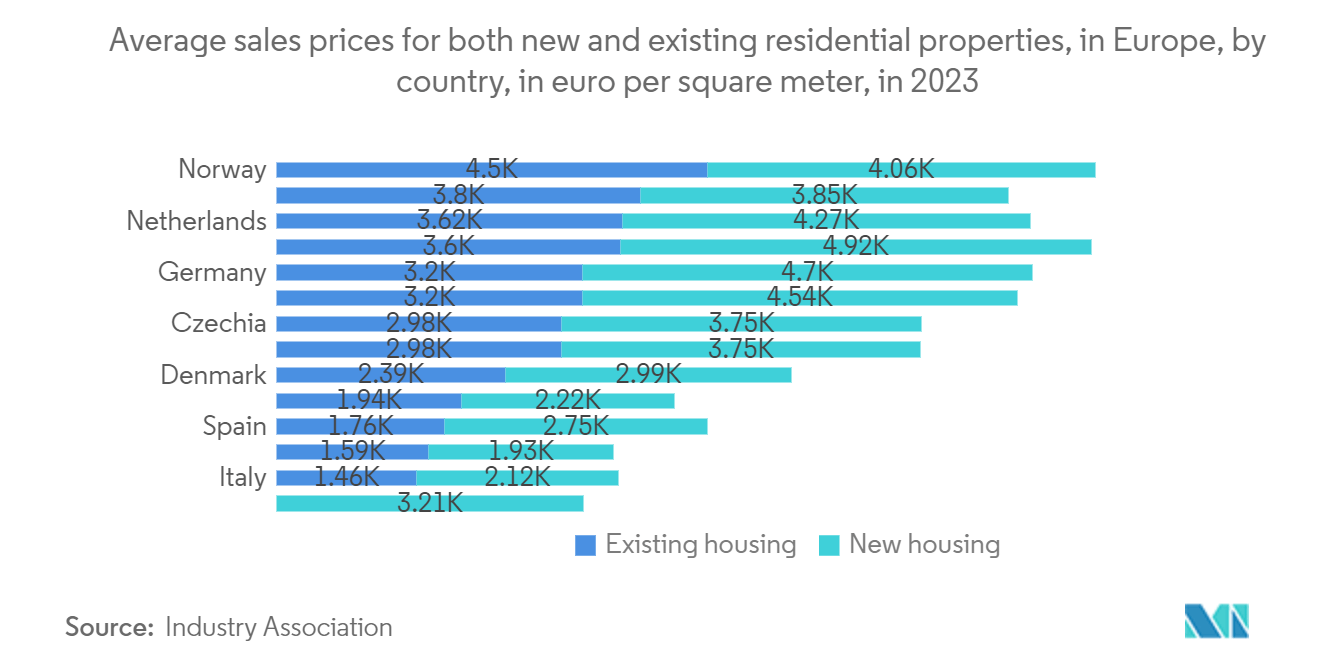Market Trends of Europe Luxury Residential Real Estate Industry
France Leads the Luxury Residential Real Estate Market in Europe
France plays a crucial role in Europe's luxury residential real estate market, with Paris and the French Riviera attracting substantial foreign investments. The country's rich cultural heritage, upscale lifestyle, and appealing tax incentives make it a prime destination for wealthy buyers.
Recent research from an industry organization underscores Paris's growing appeal to foreign investors. International buyers account for 8.1% of real estate transactions in the city. Delving deeper, 5.2% are foreign residents in France, and 2.9% come from overseas. The 4th arrondissement stands out, attracting 17% of foreign interest, followed by the 3rd and 12th arrondissements with 16% and 4.9%, respectively.
Outside of Paris, the French Riviera cements its reputation as a top luxury destination. The region, renowned for its upscale properties suited for both primary and secondary residences, saw real estate investments soar to EUR 2.1 billion (USD 2.29 billion) in 2023. Its lasting appeal is a cocktail of a desirable leisure lifestyle, superb connectivity, and a prestigious global standing, drawing the elite from around the world.
France's tax policies significantly influence its luxury real estate scene, particularly for high-net-worth individuals. Starting in 2024, properties valued above EUR 1.3 million (USD 1.42 million) will incur a progressive wealth tax between 0.5% and 1.5%, based on the property's value. These tax considerations are crucial, shaping the investment decisions of wealthy buyers as they navigate France's intricate real estate landscape.

Rising Demand for Luxury Villas and Landed Houses
The European luxury residential real estate market is experiencing significant demand for exclusive properties, particularly luxury villas and high-end residences. This trend is driven by the growing preference for more spacious and private living environments, as well as the continued popularity of areas renowned for their premium offerings. The demand for luxurious villas and homes in Europe remains robust, with notable shifts in pricing and market focus.
According to a September 2024 industry report, Europe’s housing market continues to reflect the region’s economic health, with emerging shifts in consumer confidence and investment trends. Despite recent economic challenges, Europe’s luxury housing market has demonstrated resilience, presenting strategic opportunities for investors in high-end real estate. The easing of interest rates throughout 2024, coupled with a more stable economic environment, has contributed to an optimistic outlook for luxury property buyers and investors in the region.
Furthermore, luxury housing projects in key European markets, such as Spain, have experienced substantial growth. As of October 2024, luxury home prices in Spain have increased by 37% since 2019, particularly for properties valued over EUR 3 million (USD 3.27 million). Areas like Altea, Calpe, Benidorm, and Moraira are experiencing a boom in demand for premium villas. Consequently, Spain’s luxury housing market is expected to continue expanding, with the average price of luxury properties projected to rise to EUR 5.4 million (USD 6.02 million) by 2024, reflecting strong demand and market confidence.


